Description
Don’t know what to try but like exotic tastes in coffee? Than this sampler is for you!
In this sampler you will find top notch coffees that definitely don’t taste like normal coffee. From fruity naturals to bold wet-hulled. This is a wonderful collection of coffee that will showcase how diverse coffee can taste.
Be warned though, exotic tastes always pull a love/hate relationship, these are all wonderful top notch examples but not everyone likes super exotic tasting coffee.
The Indian Monsooned Malabar is a very unique and exotic coffee; usually people have a love/hate relationship with this bean but it is one of our top sellers year in and year out.
Monsoon Malabar coffee is prepared from Arabica cherries (“cherry” refers to dry-processed coffees in India). After grading, the coffee is transported to the coastal city of Mangalore where the “monsooning” is carried out in large openwalled warehouses.
Tasting Notes:The Indian Monsooned Malabar is a very low acidity, thick and creamy, overly earthy style cup of coffee. There is a lot of sweet tones in this cup depending on the roast and one can taste a little hint of the natural processing soft fruit tones and classic Indian spice notes. A pretty wild cup for you stronger coffee fans or espresso heads.
Roasting Notes:Usually used for espresso at the darker roast points but many of our customers enjoy the single origin drip brew or french press at a slightly lighter roast point.
Kenya Premium Kirinyaga – BCT Select AA – Top Lot
The last part, and equally as important but a little highly debated if good or bad, is the finally step in coffee production, the dry milling and auction system. Almost all Kenya coffees funnels through three processors, only one being owned by the Kenyans themselves. The good behind this, Kenya dry mills have some of the most impressive technology and facilities to produce absolutely stellar lots. In my travels I have never seen processing centers like they have in Kenya. One never sees bad export lots basically every lot is a gem. The bad, they are mostly foreign controlled and the FCS’s must use one of the three to end up with a final product. There are good laws in place to protect the farmers, but they have very little choice on how to finalize the processing and export the coffee.
Tasting Notes: A very clean and bright cup, silky-smooth mouthfeel that shines from the first whiff of honey sweetness to the final sip of bolder spice. Best served at light-to-medium roasts. A brighter, full flavored cup with great depth of flavor. Upon first sip, one will see a vibrant burst of lemon/orange citric comingling with a slight red fruit, quickly balanced by a creamy cocoa undertone with a little gentle black-tea like spice in the aftertaste. Underlying notes of roasted nuts and cocoa anchor the profile. As the cup cools the acidity softens and a deeper chocolate note swells, yet the honey aromatics persist, making every temperature stage deliciously consistent.
Roasting Notes: An easy-going bean with moderate chaff and even color. Keep it in the light-to-medium range if you’re after the fresh citrus pop and fruity nuance; these roasts showcase the red-lemon snap, blueberry sweetness, and honey fragrance while preserving a lighter, tea-like body. Taken to Full City, just shy of second crack, the fruit folds gracefully into rich cocoa and roasted-nut depth, yielding a silky medium body and mellow orange acidity. Pushed into second crack for espresso or cold-brew fans, you’ll land a cup of smooth bittersweet chocolate with low acidity and a subtle spicy edge. Let the coffee rest 48–72 hours after roasting: the citrus settles, the honey rounds out, and the cup shows its full character.
Vietnam Lam Dong – Duc Trong Mill – Washed Processed Arabica
The average farmer in this the Dung K’No region of Vietnam cultivates on about 1.2 hectares of land. They grow a mix of Catimor with some heirloom Arabica varieties, though the country is more famous for its Robusta production. Coffee is delivered in its cherry form and is processed at a central washing station named Bao Loc located in Dung K’No. Ripe cherries are harvested, de-pulped, and dried partially in their mucilage, then washed clean and dried on raised beds and/or patios for 3–5 days. Once the coffees are done, the tasting experts screen and sort the beans into regular lots and premium lots to sell them accordingly. This is a premium top lot, large beaned; very tasty & clean cup.
Tasting Notes: Medium to dark roast beans & a great daily drinker! This cup is very thick and creamy, filled with semi-sweet chocolate and nutty tones. A very easy to drink coffee. A hint of soft fruit can be seen at the light to medium roasts but pretty faint, not super noticeable until the cup cools. A bit of peppery spice at the darker roasts with some complimenting roasty and smoky tones. Lighter roasts will show some lemony acidity and can accentuate the fruitiness of the cup but often will come off a bit too dry. These beans are more about the creamy fuller bodied and smooth chocolate and nutty tones which will come out from medium roasts and beyond.
Roasting Notes: A beautiful large bean screen, nice color and low defect rate. Roasts slightly two toned and will be a little higher chaff then average for a washed processed coffee. Our favorite was a nice medium roast but darker roasts fans will definitely love it as well with its full body and creamy features. 48 hour setup recommended or risk of a little sour note upfront.
This coffee is very high chaff and dense, which can cause issues in many home roasters. We do not recommend roasting this coffee in roasters that have chaff collection issues, and you will have to reduce your batch size in all the other roasters due to the higher chaff content.
This is a blender coffee, use 10%-15% to add caffeine to your personal blend.
This Robusta is a rich and bold cup, it is very full flavored.
A little earthy to be drinking it by itself but it will add a lot of character and caffeine to your favorite blend.
Indonesian Bali Org. – Kintamani – Natural
Very unique, overly fermented (very fruity) cup of joe. Bali is a tiny island– actually, a submerged volcano peak – just off the east coast of Java, with many small coffee farms. The farmers who grow Kintamani Natural belong to cooperative organizations known as Subak Abian (SA) founded on a Hindu philosophy known as “Tri Hita Karana” (the three causes of happiness). SA co-ops foster community in agricultural, social and religious activities, and have been certified Organic since 2008. Pesticides are never used on their coffee farms, and fertilizers are 100% organic.
SA farmers grow almost all heirloom Arabicas, Typica & Bourbon. They use trees such as Erythrina, Tangerine, and Orange to shade the coffee, which improves yield and cup quality and enhances wildlife habitat.“Kintamani Natural” is 100% sundried on raised beds; It’s perhaps the first ever special prep natural Indonesian. Raised beds keep the cherry free of dirty flavor, and facilitate very quick drying in Bali’s high altitude sun and constant island breeze. The cup is extraordinarily exotic and unique with a rich, buttery mouthfeel, while retaining Indonesia’s full-bodied, savory character. It features super-intense, brandyish fruit flavors of plum and sweet cherry at lighter roasts; darker roasts develop much heavier body with a spicy, smoky twist. An easy roaster that’s exceptionally versatile, roast Bali “Kintamani Natural” any way you’d like; slow or quick, from first crack to French, you’ll get very unique and terrific flavor!
Tasting Notes: Very fermenty/fruity, lower acidity cup with good body. A wild old world natural processed good from light to dark. A beautiful tasting bean this season: slightly fruitier but still balances with traditional Indonesian character. Hints of acidity with stronger fruitiness at lighter roasts, strong fruit/oak tones on a more nutty/earthy/chocolaty profile at darker roast points. No missing the wild side in this cup. Medium roasts are where one should shoot for their first roast, mutes some nutty tones and pronounces the chocolaty factor for some balance, still plenty of wild fruity natural processed tones in the cup. Dark roasts will introduce some smoky accents but retain great sweetness. A great balance of slow dried natural with thick and creamy dark tones all in one cup.
Roasting Notes: Higher chaff and slightly uneven roasting. Right around a full city roast (close or touching 2nd crack) is going to be the sweet spot for a bulletproof roast level. Lighter can be quite tasty as well, much more emphasis on the fruitiness, but too light and one can get some sour/herbal. Most will want to push it more towards a medium roast or darker. Right before 2nd crack mutes up a bit of fruit but gets more like a single origin mokka java blend or Yemen type cup profile, a bit of rustic chocolate and a bit of fruit – almost anyone would like that cup!
Indonesian Sumatra Aceh Gr. 1 Double Pick – Harimau Tiger
Not your average Sumatra coffee! Great prep and screen size, very unique for a wet-hulled coffee but does come with a higher price tag. Holds the terroir of Sumatra (thick and darker toned) but on a much cleaner profile, more of a straight chocolate cup instead of being loaded with peat and overly earthy. Hints of acidity and soft fruit tones can be found at medium to borderline dark roast, which also separate it from “average”.
Harimau Tiger captures the classic characteristics of a Sumatran coffee while also offering a sweet, cleaner profile and higher cup quality than a standard “Mandehling Double Pick.” We look for coffees that have a balance of sweetness with the earthy, herbaceous, and savory notes that are common to coffees from this region, and we pay close attention to the uniformity of the prep in these lots.
Tasting Notes: Best from a medium to dark roast, wet-hulled coffees are not light roast coffees no matter how premium of an offering. Hints of citric crispness and soft fruit with a little sweeter chocolate edge, pulls some balance with some earthy spice (the good kind). Very clean cup for a Sumatra that is drinkable and balanced from a medium roast and beyond. The darker you roast, the fuller the body gets along with reducing any hints of acidity. Into second crack will turn more into a chocolaty spice noted treat but will reduce the sweeter edge. Picks up some complimenting roasty and smoky tones into the more bakers chocolaty cup profile.
Roasting Notes: Easy to roast for a Sumatra coffee being such a gem. Roasts uniform for a wet-hulled coffee but one will still some diversity. Low in chaff and tasty from medium to dark. Often takes a little longer to achieve darker roasts, setup really smooths out the cup, we drink them after 24 hours but some may want to wait 3-4 days to ensure rich and smooth characteristics.
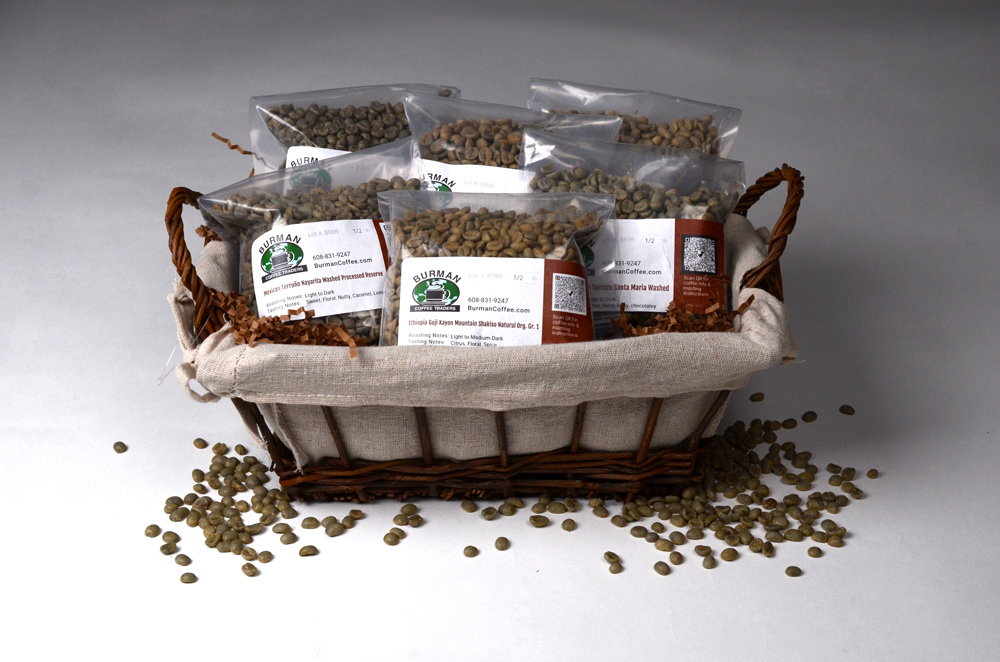

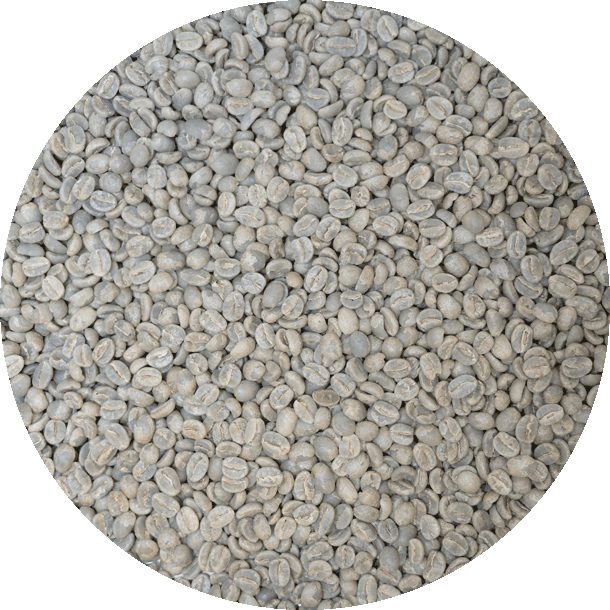
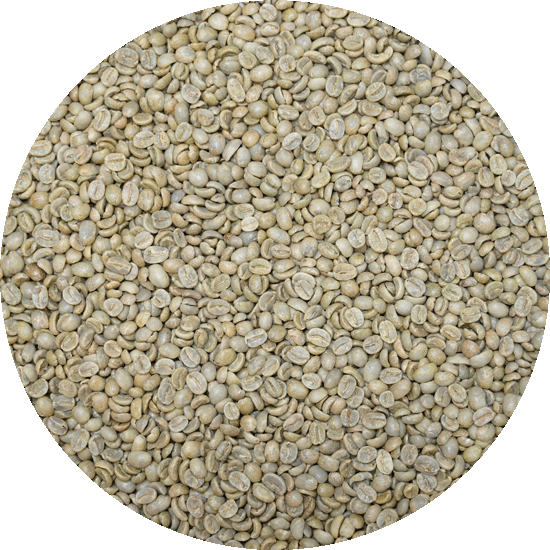

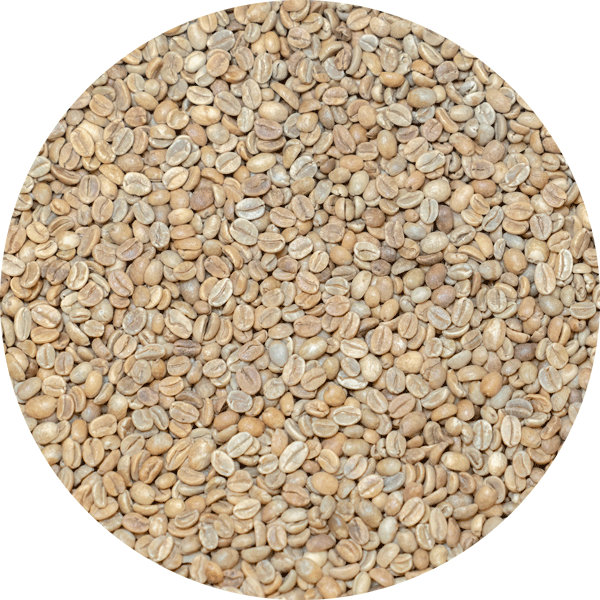
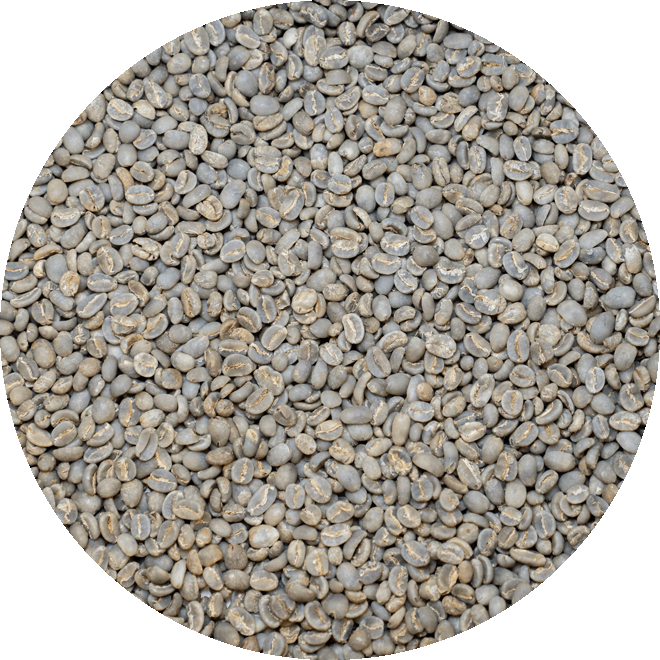
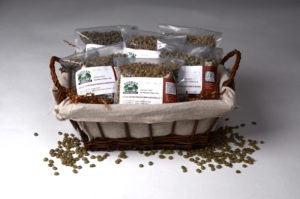
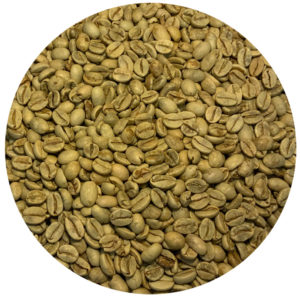

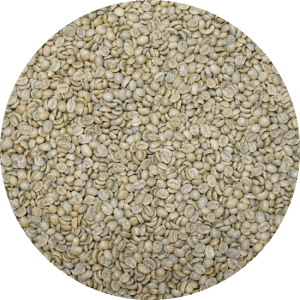
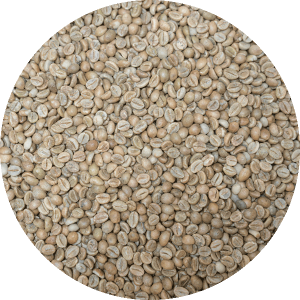
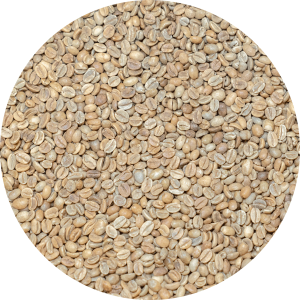

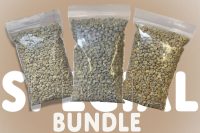
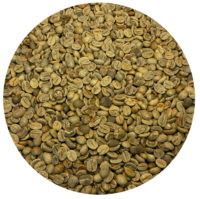
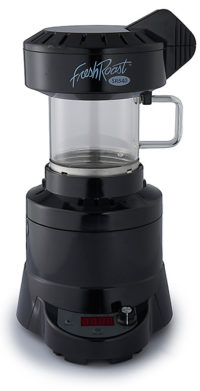

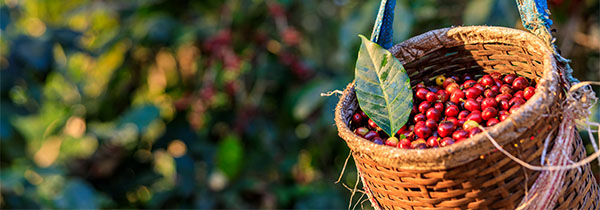
Reviews
There are no reviews yet.